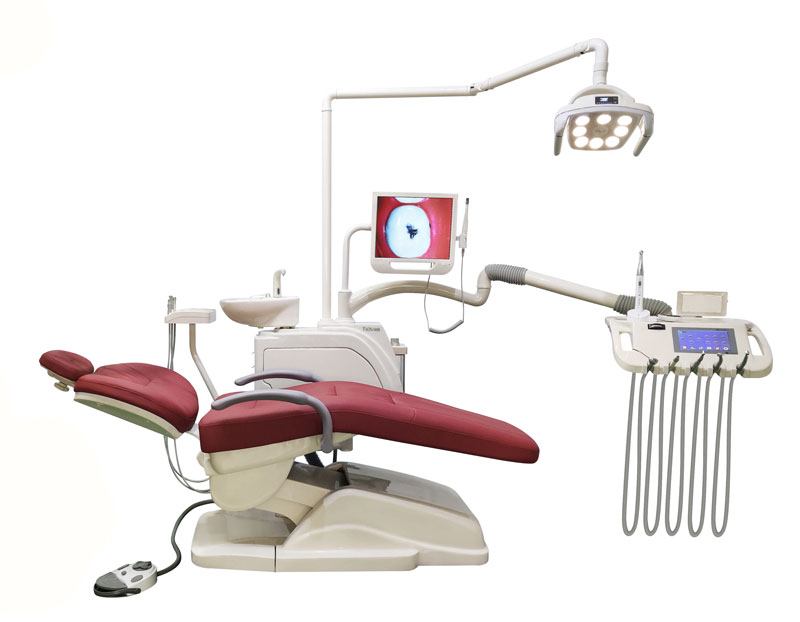When it comes to maintaining and troubleshooting dental chair equipment, ensuring its optimal functioning is paramount for dental professionals. A common issue that practitioners might encounter is a dental chair that does not work at all, potentially caused by circuitry problems. Addressing this issue requires a systematic approach to diagnose and solve the problem efficiently, without exaggeration or unnecessary complexity.
The first step in troubleshooting a non-functioning dental chair is to inspect the basics – the plugs, sockets, and switches. This preliminary check is crucial as loose connections are often the culprit behind electrical equipment failure. Ensuring that everything is securely connected can often resolve the issue without the need for further intervention.
Next, the power switch on the dental chair itself should be examined. It might seem obvious, but it’s easy to overlook the simplest solutions in our search for more complex problems. Ensure that the power switch is indeed turned on, as this is a prerequisite for any electrical device to function.
Moving forward, the focus should shift to the fuses of the dental chair. Fuses are designed to protect the electrical circuits by breaking the circuit if the current flowing through it exceeds a certain level, preventing overheating and potential damage. If the fuses are found to be burned out or broken, they should be replaced immediately. After replacing the fuses, it’s important to check if the dental chair resumes normal operation, as this could be the sole issue preventing its function.
Finally, the control panel of the dental chair warrants examination. Modern dental chairs are equipped with sophisticated control panels that display error codes or indicator lights to alert users to specific issues. Anomalies here could indicate more complex problems within the chair’s circuitry or software. Consulting the dental chair’s manual can provide insights into what specific error codes mean, offering guidance on the necessary steps to resolve them. If the problem persists or the solution is beyond the scope of simple troubleshooting, contacting an engineer or a technical support team specializing in dental chair equipment becomes essential. These professionals have the expertise to diagnose and repair intricate issues that are not immediately apparent to the user.
In summary, solving a dental chair malfunction caused by circuit problems involves a methodical approach, starting with basic checks and progressing to more detailed inspections. By following these steps, dental practitioners can ensure their equipment remains in optimal working condition, minimizing downtime and maintaining the high level of care their patients expect.
Post time: Feb-28-2024

